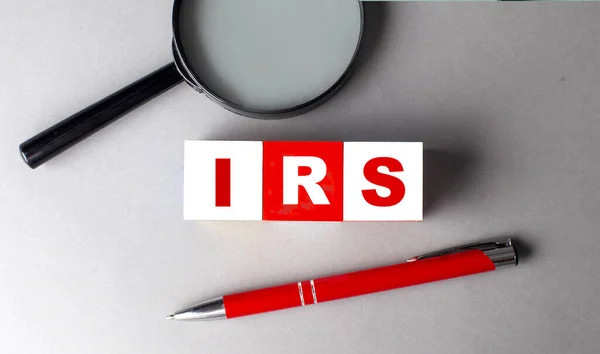If you’re involved in real estate transactions—whether as a broker, title company, attorney, or closing agent—you may be responsible for filing IRS Form 1099-S, Proceeds From Real Estate Transactions. But knowing when to file, what to report, and how to stay compliant can be tricky.
This guide breaks down the essentials of Form 1099-S for real estate professionals.
What Is Form 1099-S?
Form 1099-S is used to report the gross proceeds from the sale or exchange of real estate. The form is submitted to the IRS and provided to the seller (transferor) to report the income on their tax return.
Real estate covered includes:
-
Homes and residential buildings
-
Land (improved or unimproved)
-
Commercial buildings
-
Permanent structures (e.g., barns, warehouses)
-
Condominiums and co-ops
Who Must File Form 1099-S?
The “person responsible for closing the transaction” is typically required to file Form 1099-S. This could be:
-
A real estate broker or agent
-
A title or escrow company
-
A settlement agent or closing attorney
-
A mortgage lender
-
In some FSBO cases, even the buyer
If no one else is designated, the settlement agent is generally held responsible.
When Is It Required?
You must file Form 1099-S if:
-
The transaction involved $600 or more in gross proceeds
-
The transfer involved ownership of real property
-
The seller did not certify under penalty of perjury that the transfer is exempt (such as selling a primary residence under Section 121 exclusion)
When Is Filing Not Required?
A transaction may be exempt from 1099-S reporting if:
-
The seller certifies that the home was their principal residence and the gain is fully excludable under IRC Section 121
-
The transaction involves foreclosure, financing arrangements, or certain corporate transfers
-
The sales price is less than $600
A seller certification form (such as IRS Substitute Form W-9 or a specific exemption affidavit) should be obtained and kept on file.
What Information Is Needed?
To file a correct 1099-S, you must collect:
-
Seller’s name, address, and TIN (typically via a W-9)
-
Date of closing
-
Gross proceeds (sales price)
-
Property address (or legal description)
-
Whether the transferor is a foreign person (for FIRPTA withholding)
You must also provide the seller with a copy of the 1099-S by January 31, and file with the IRS by February 28 (paper) or March 31 (e-file).
Tips for Real Estate Professionals
-
Obtain the seller’s W-9 early in the transaction process
-
Use a seller certification form if you believe the transaction is exempt
-
Ensure the closing disclosure or HUD-1 clearly identifies gross proceeds
-
Keep copies of all documents and certifications for at least 4 years
-
E-file when possible to streamline compliance and reduce paper errors
📌 Final Takeaway
Real estate professionals must take 1099-S reporting seriously—it’s a critical part of IRS compliance when handling real property transactions. Knowing when to file, how to collect proper information, and what exemptions apply can save you from costly penalties and ensure smooth closings.
If you’re the person responsible for closing, make 1099-S reporting a routine part of your workflow.

